We talk a lot about the inner workings of your vehicle’s engine and drivetrain. We’ve gone over the various parts and components required to run your engine. And we have passed along a few helpful tips to help you care for and keep your car on the road.
But today, we are going to talk about the foundation for your vehicle — the car chassis.
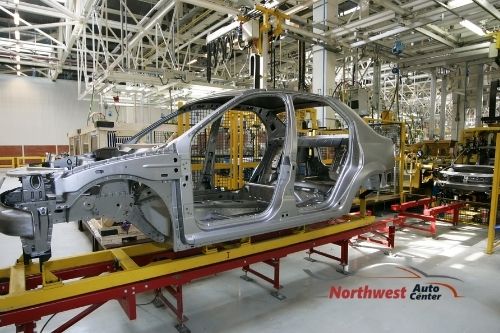
What is the Car Chassis?
With upwards of 30,000 parts and pieces making up your vehicle, none of that would be possible without the chassis.
The chassis is a combination of many parts that act as the car’s platform. They include names you may already know:
- The Frame
- Suspension Components – struts, shocks, springs, and control arms
- Transmission & Drive Shaft
- Axles
- Steering Gear Controls
- Tie Rods & other steering components
But, when most folks hear “chassis,” they think about the frame.
Initially, cars were built on a body-on-frame construction. After the chassis was built, the vehicle’s body would be fitted on top and attached with bolts. From there, doors, windows, and roofs were fitted.
Seems cumbersome? That’s because it is.
Unibody Construction in Vehicles
To help modernize the vehicle, the unibody construction was developed and adopted. They utilize stub-frames (also known as subframes) in the front and back of the car to support the engine and suspensions. And the body is built into the frame, creating the modern frame shape we picture.
On newer vehicles, there are less bolts holding the body to the chassis; it’s now all one piece. This creates a lighter vehicle that handles better and gets better gas mileage.
But, that doesn’t mean every vehicle on the road utilizes the unibody construction. Many larger trucks and off-road cars continue to use the body-on-frame construction. And for a good reason!
The body-on-frame construction allows for more modifications, and repairs are significantly more manageable. Additionally, especially with off-road vehicles, one accident can damage and total the entire unibody frame — not great for rallying down the backroads.
There are places and uses for both unibody and body-on-frame constructions. Typically, most modern passenger vehicles utilize unibody construction.
What is a Car Platform?
Many automakers will use the term “platform” when talking about the chassis to include several components and features.
That’s because many manufacturers use the same base platform. For example, GM uses the same platform for the Chevy Suburban, GMC Yukon, and Cadillac Escalade. But, they all have different bodies and interiors.
The chassis is included in the term “platform,” but the “platform” is more than the chassis.
Does Damage to the Car Chassis Mean a Totaled Vehicle?
The depends.
If your vehicle uses a body-on-frame design, it’s possible to replace the damaged part. For cars with unibody construction, it depends on how bad the damage is and if it affects the structure. If it’s not structural and only cosmetic, you can continue to drive safely in some cases without causing damage to other components.
It’s essential to address any car chassis concerns. As the foundation of your vehicle, the chassis needs to remain in good working condition to support your car’s engine, transmission, body, and more.

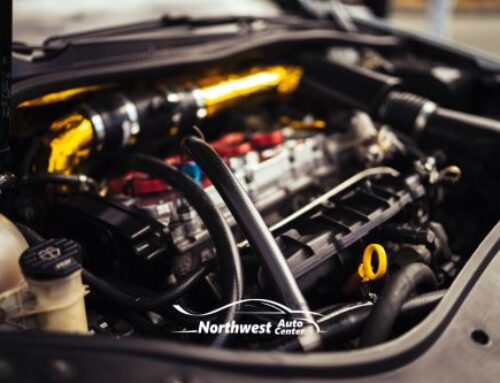
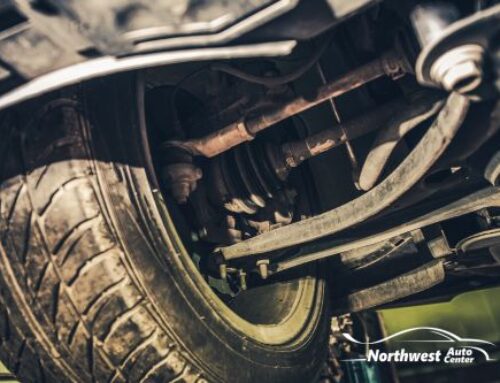
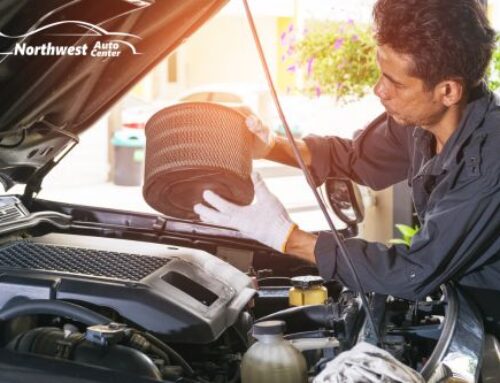
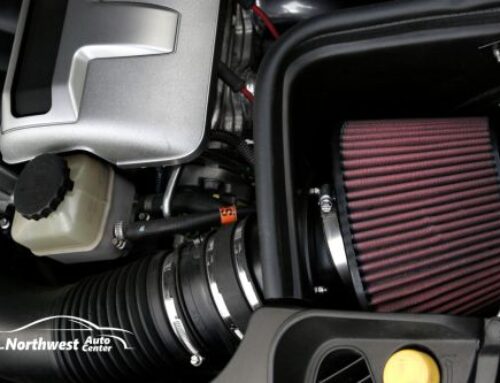
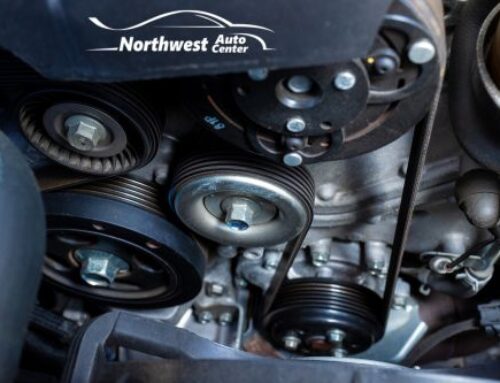
Leave A Comment
You must be logged in to post a comment.